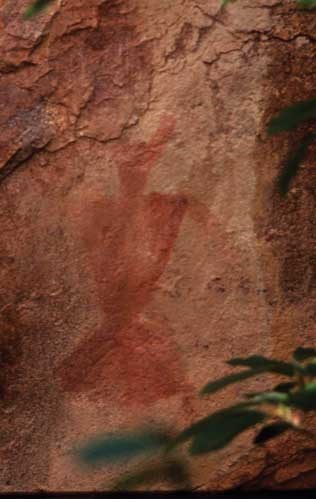
NPS Tribal people have an ancient and ongoing relationship with the land, taking only what is needed and using all that is taken. For several thousand years, the first people of the area traveled throughout American Fork Canyon and all of Utah. These people were the first of several groups drawn to the area by the fresh waters of Utah Lake. The Paleo-Indian people (12,000 BC) hunted large animals, and likely stayed near the shores of Utah Lake in the cool climate. As the climate warmed, Archaic people (~10,000 BC-AD 1) maintained a lifestyle of hunting and gathering. Excavations in other caves in American Fork Canyon show that hunters used some caves as a base camp for hunting in the canyon. Water flowing from the mountains created a valley rich in resources. Although abundant fish, game, and native plants provided everything tribal people needed, they began farming about 1600 years ago – planting corn, beans, and squash where homes and businesses stand today. The Fremont people built small farming villages across the valley where they grew corn, squash, and beans. Excavations in American Fork Cave have found ceramics, cordage, ground stone, and corn kernels associated with the Fremont people. |
Last updated: April 23, 2025
